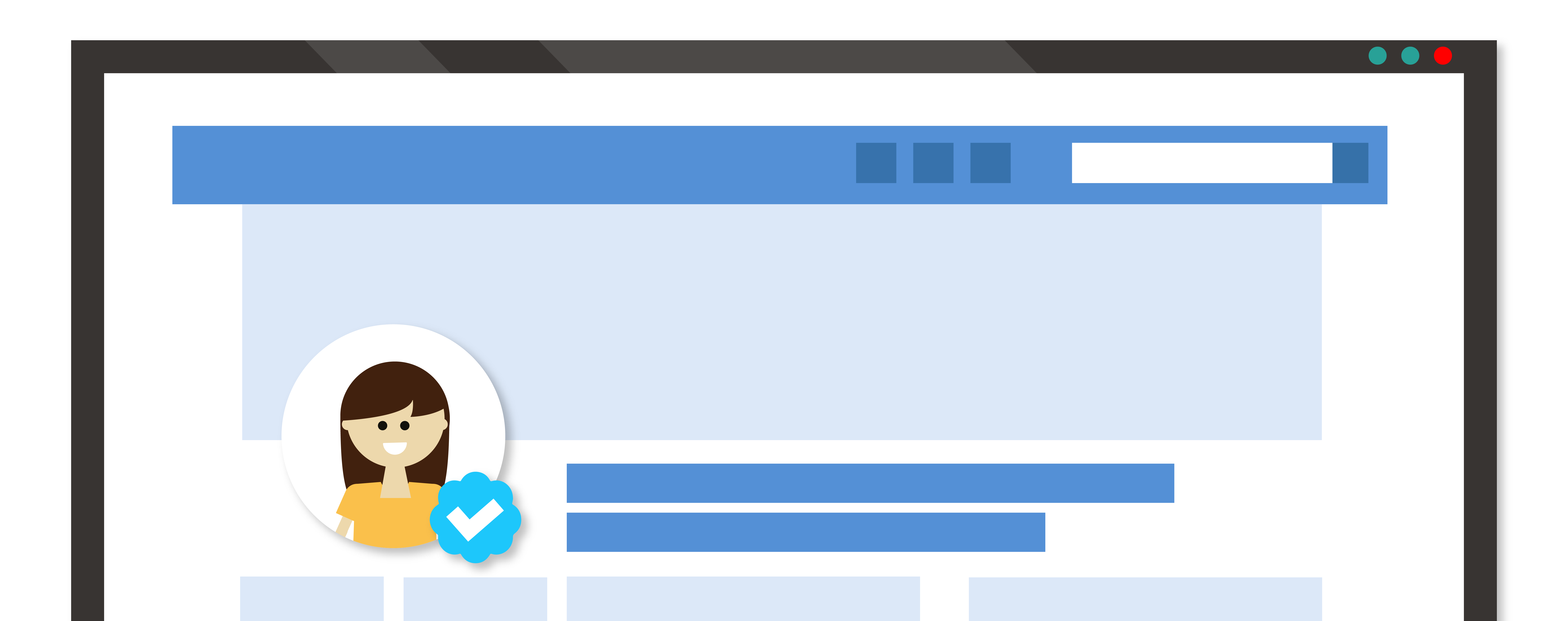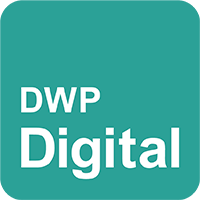
Social media has become an important part of life. Using social media effectively is a key skill for professionals in digital jobs, and social media is seen as an essential communication tool in the public sector.
Professional networking on social media platforms like LinkedIn and Twitter can help you stay informed, meet new people, and gives you a way to demonstrate your professional experience and expertise.
At DWP Digital, we support colleagues who want to develop their social media presence, through a range of workshops and events. One example is our award-winning Digital Voices programme, which enables women in DWP Digital to learn new digital skills and build their confidence.
Effective use of social media helps you stand out to employers, and build new networks with other people in your field of expertise. With just a few tweaks you can make your social media profile more engaging and professional. Here’s how.
First impressions are important
Use a good quality profile photo, with good lighting and a high resolution. It needs to be recent, and it should be a good representation of who you are, with your features clearly visible. It also needs to look professional, so avoid using photos taken on a night out.
Summaries and ‘about you’ sections should be your ‘elevator pitch’. If you only had 60 seconds to explain to someone you just met who you are and what you do, what would you say?
On LinkedIn, you have lots of room to elaborate. Describe who you are, what you do professionally, and your key accomplishments in a short, neat summary. Give a snapshot of what you could professionally bring to someone else.
On Twitter, you might want to add a human touch and show some of your personality as well. Don’t be afraid to talk about some of your interests outside of work.
Explain your experience
When you create your LinkedIn profile, you can include sections that cover your current role, key achievements, and your responsibilities.
This is your professional story, so write in full sentences to tell it. Write it in plain language, in a warm but professional tone. It will read much better than using bullet points. Ensure your skills list is up to date and put them in order so the ones you want to show off are at the top. This makes you more discoverable.
Volunteer experience is also really important to round out your profile. It can lead to more profile views, be a great conversation starter with new contacts or potential employers, and help boost your personal brand.
Recommendations from people you’ve worked with in the past will help you build your credibility and validate your skills. If you’re asking someone for a recommendation, be sure to give them some direction of what to include.
Add any company pages or professional influencer that you are interested in and that you want to follow.
Building your professional network
There are around 145 million daily active users on Twitter, so it can be overwhelming at first, and difficult to find relevant accounts to follow.
Don’t worry about what to post, when you first join a social media platform. Focus on listening first – what are other people posting that you find relevant and interesting? Having a good understanding of what other people post, like and share will help you establish a social media presence further down the line.
You should consider reaching out to people you have something in common with, people who have a job or work at a company that interests you, and people who may be able to connect you to someone who can help you achieve your goals.
You can be choosy and only follow people who you feel will benefit you. Following people you don’t know is common practice on Twitter so, if someone looks interesting, hit that follow button. If you want to connect with somebody you don’t know on LinkedIn, it’s a good idea to drop them a message to explain why you’d like to connect with them.
Posting content
It can be difficult to know what to post about at first, but don’t overthink it. Share things that you’d share with people in a face-to-face setting, like an interesting article, and why you think it’s interesting.
It takes time to hit your stride, and to build up a following, so take your time to get to know the platform and find your niche.
People want honest opinions, authentic voices and useful information. So aim to share quality insights and fresh perspectives consistently. To develop engagement and build a relationship around your content, start a conversation with your connections by asking a question – ideally something you genuinely want to hear other people’s views on – and respond individually to people who comment.
On Twitter, ‘@’ mention others, use relevant hashtags, and include ‘rich media’ such as photo, videos or graphics to optimise engagement. On LinkedIn, you can post blogs and articles directly on the platform, which is a good way to grow your social media presence. These can be shared outside of your network, and read by people you’re not connected to.
When you get comfortable, start to consider your content mix. You might want to showcase your knowledge through blogs or Twitter threads. Or you might want to share your tips on productivity, your professional expertise, demonstrate your leadership, company achievements and initiatives.

Engage with others
One of the best ways to increase your visibility on social media is to comment and engage with posts from other people.
Keep an eye on the content that the industry leaders in your professional network are sharing, and get involved in the conversations that are taking place on those posts, rather than just your own.
Engagement means a range of things on social media platforms: it can mean clicking the ‘like’ button on a post, leaving a comment on a blog or article, or sharing someone’s post to your own network. These are all ways that you can interact with other people’s content on social media, and they can help you develop your network.
This is a really quick and easy way to build your own profile and make new connections, while at the same time signalling to users that you’re knowledgeable about your area of work.
Always aim to offer meaningful interactions with other social media users, and over time you’ll create new and interesting connections.
Want to connect with DWP Digital’s experts? Here are a few of our people that are definitely worth a follow.
Craig Abbott – Head of Accessibility
Debbie Blanchard – Product Owner
Cheryl Stevens – Interim Director, Shared Channels Experience
Stay informed on news, events and jobs at DWP Digital by subscribing to our newsletter.





